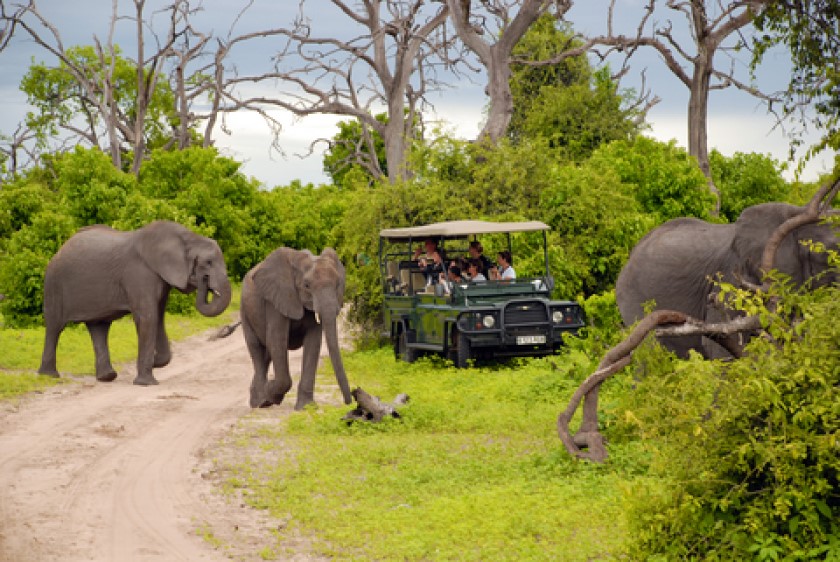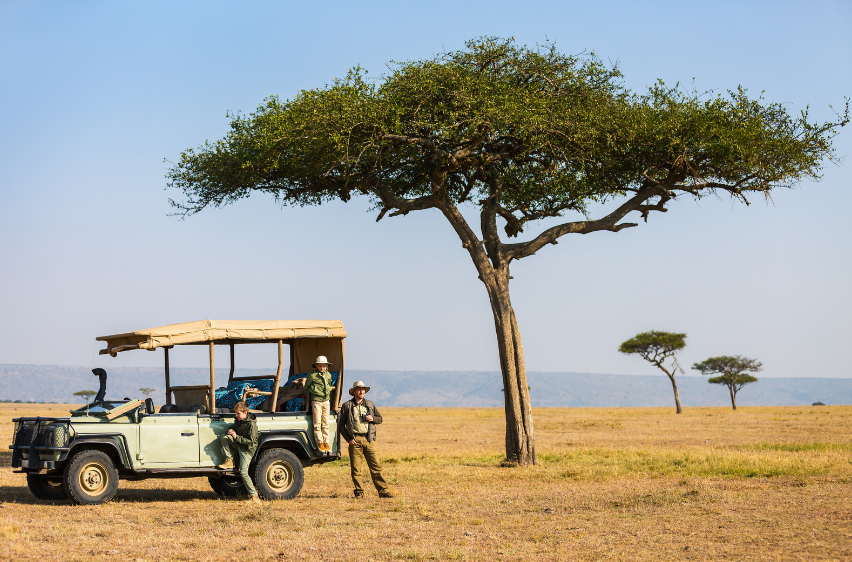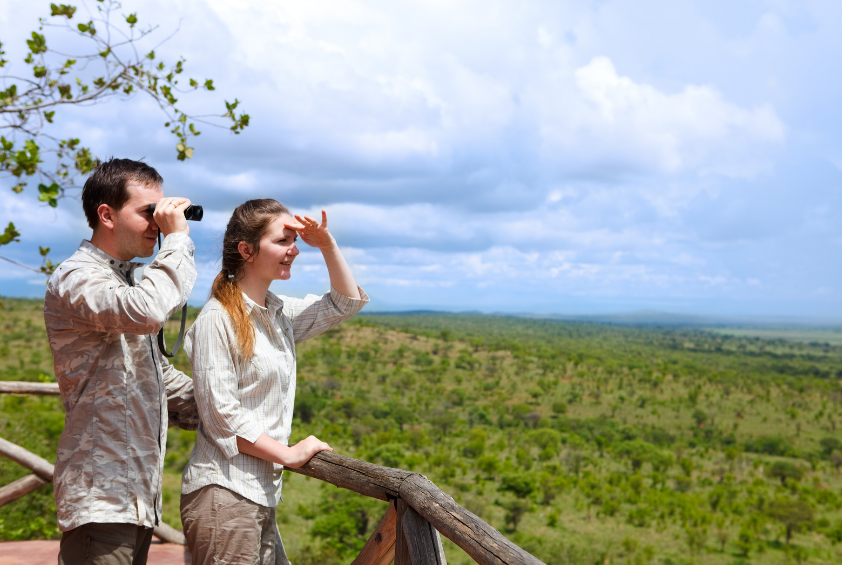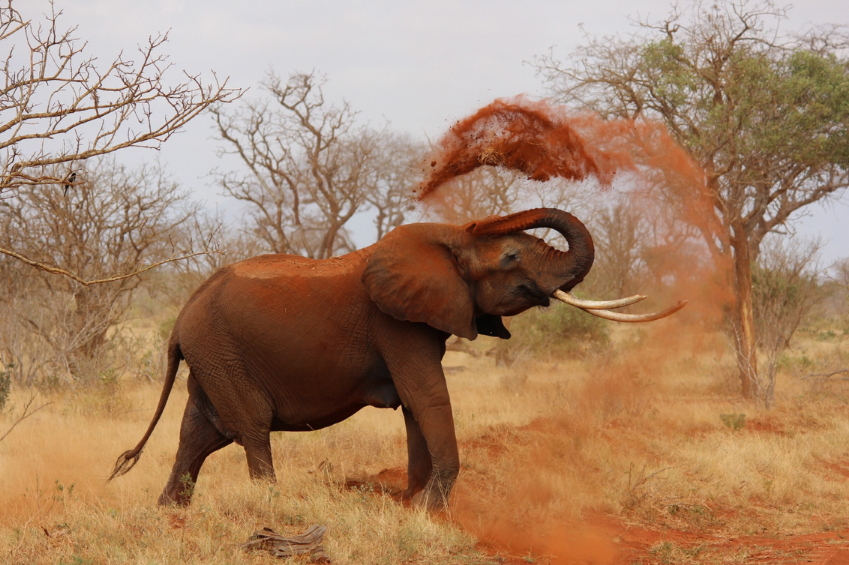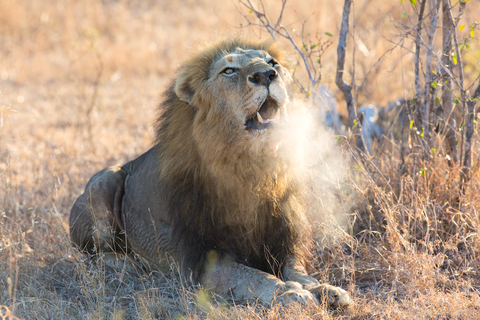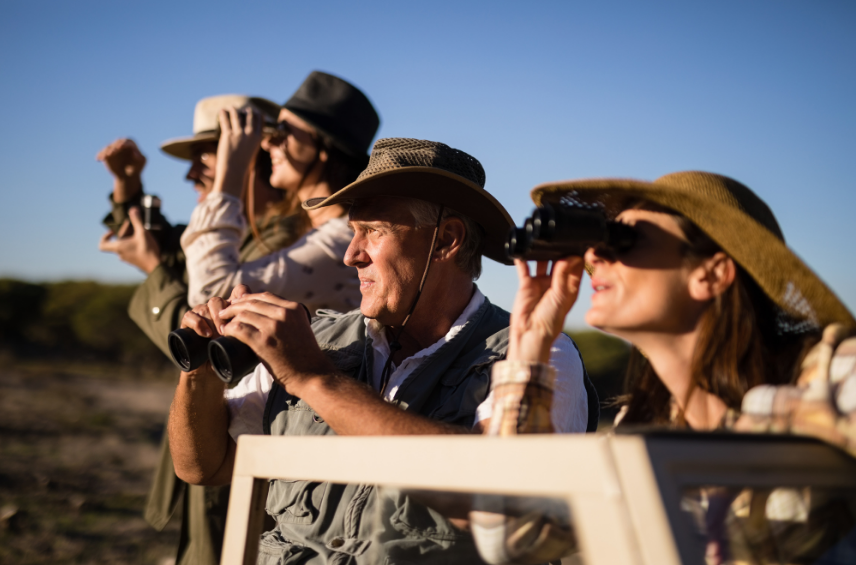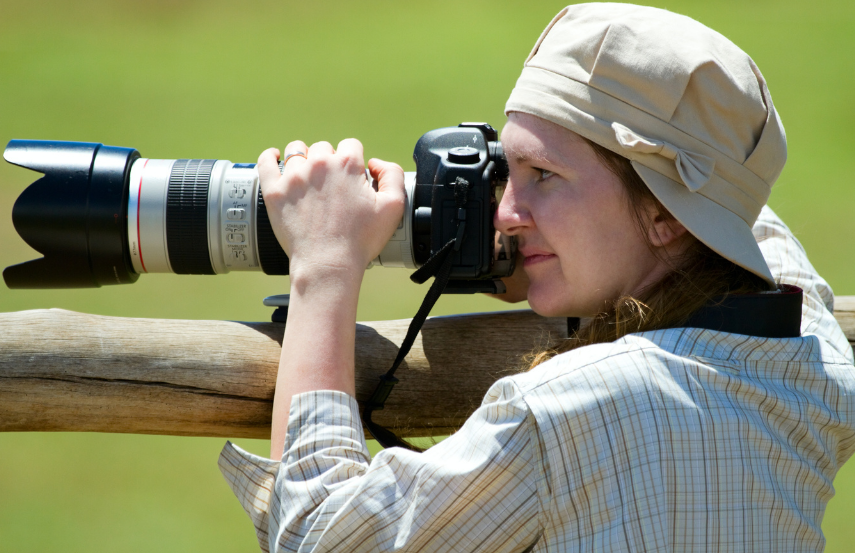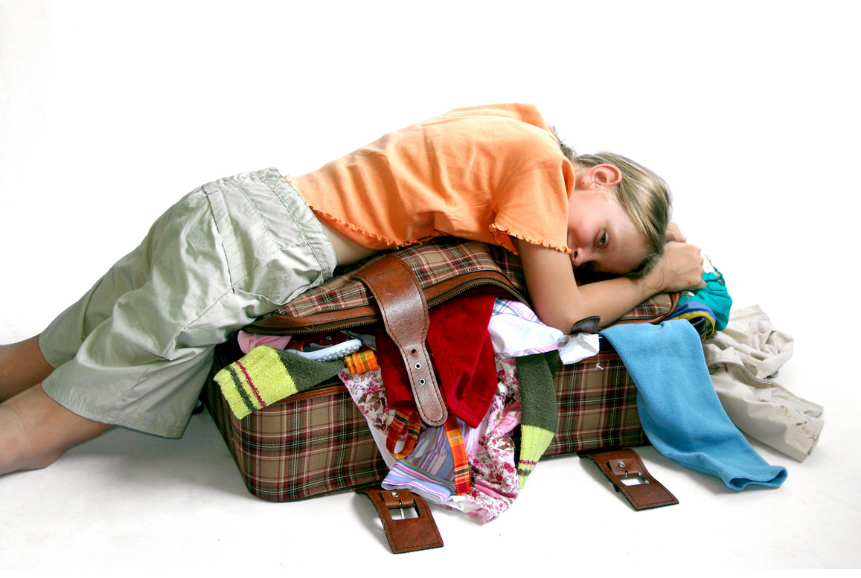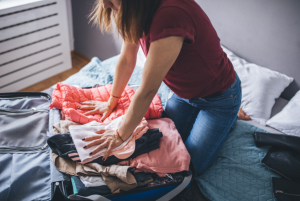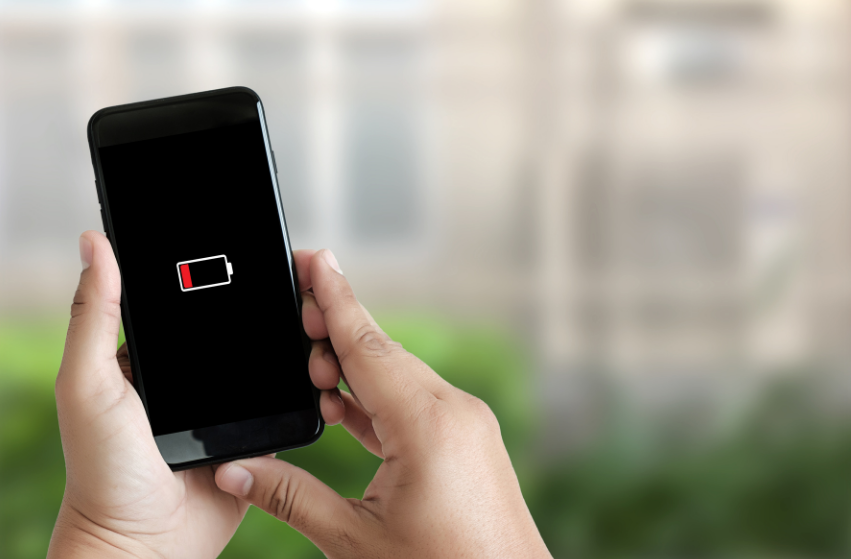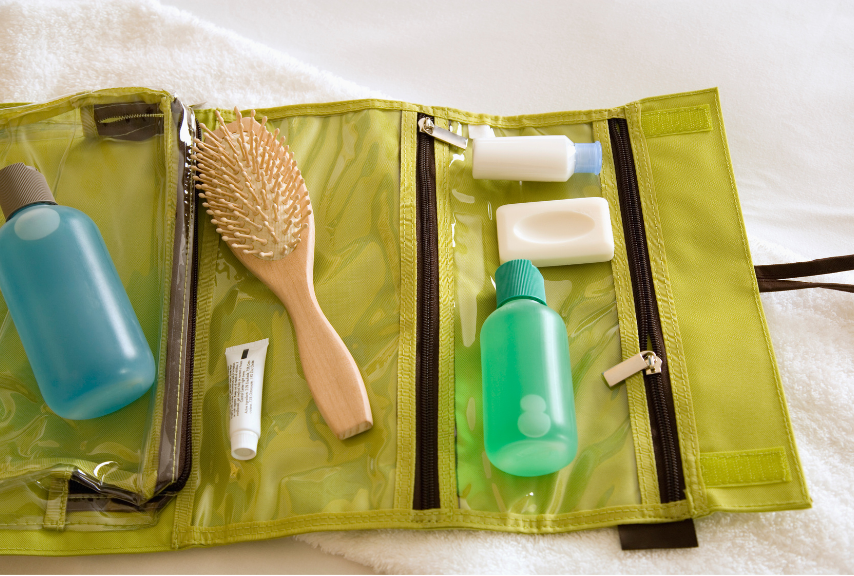So thinking of going on a safari? Fantastic! A safari is the ultimate adventure, with exotic creatures, beautiful landscapes, and unforeseen adventures around every corner. Not only can you create amazing memories, but you’ll also get the opportunity to experience nature in its most untouched form and learn more about this amazing planet we call home.
Africa is one of the most biodiverse continents on Earth, and a safari is on the bucket list of many intrepid travelers for a good reason. From sprawling
savannahs to lush oasis waterholes and thick jungle, this ancient land has many unique endangered species of animal and plant sure to thrill any nature lover during their visit.
While an African safari can be a life-changing journey, you might be wondering about the most crucial question of all – what do I pack?! If this is you, don’t worry – I’ve come up with some pointers to help you load your bags
with all the right gear, and know exactly what to leave behind when you venture out for the day.
No time to waste – let’s dive in!
First things first – pack light! While it might be tempting to put everything and the kitchen sink in your bag, in reality, you don’t need much to have a good time. The number one rule of safari is ‘comfort over style,’ so make sure that you’ve got good quality,
neutrally-colored clothing, and footwear. Many safaris use fly between reserves with smaller planes that have strict luggage allowances, with bags made of pliable material weighing no more than 33 pounds (15kg) allowed to avoid overloading. If you’re feeling tempted to overpack, many lodges have a laundry service – no need to bring two pairs of shorts for every day of your trip! When you think back, you’ll remember the incredible experiences you had on your tour – not the clothes you wore.
You might have noticed that I said neutrally-colored clothing – trust me, it’s for a good reason! While it might be tempting to wear brighter fabrics or dark pieces, the hue of your clothing can have more implications than just shielding you from the sun. Black and blue attire and accessories are known for drawing tsetse flies, whose bite carries African sleeping sickness, and white or brightly-colored clothing stands out to animals, making getting up close difficult during your game drive. The red dust of the African savannah also embeds itself into clothing fibers, which can ruin white clothing in the blink of an eye – I learned that from personal experience!
Don’t let yourself be sucked into the idea that for the ‘proper’ experience, you need all manner of special equipment and clothing. While the weather and sun in Africa can be hot, you’ll find that some of your standard sun-smart clothing will do just fine when it comes to your safari. Having said that, it can be a good idea to add a few fun ‘safari-style’ items to your packing list – but no need to overdo it! For example, a stylish wide-brimmed hat or light linen shorts can make a great addition to photos, as well as being protective from the African environment.
Depending on the location and time of year, early morning game drives can be brisk. Dress in layers to allow you to shed clothing as the temperatures rise.
While it’s easy to think that Africa is constantly hot and dry, the truth is that the seasons and locations are incredibly variable and require different items of clothing and protection. Two of the most important things to consider when packing for safari are the time of year and the location you’re headed to. All African nations are different, and the things you’ll need for a Kenyan safari in June will be different from those you’ll want in South Africa during November.
Consider whether you’ll be arriving during the sizzling summer months or taking your safari during the cooler off-peak season when morning and evening temperatures are quite low. Questions like, “Will I need a hat and scarf?” and “Should I think about a rain jacket?” are among those that you’ll need to ask yourself when preparing for your safari. If this sounds like hard work, don’t worry – it’s just like preparing for any other trip! Check average temperatures for your location at a weather site like WeatherBase, and pack your bags accordingly. After all, you wouldn’t forget a winter coat when going to France in December now, would you?
One of the best things about an African safari is seeing unique flora and fauna found nowhere else on Earth. So whether you’re a keen zebra fan, or want to get up close and personal with lions in their natural habitat, it’s essential to be able to see the main features of your tour. Consider packing a good pair of binoculars with a ‘zoom and enhance’ feature to view the animals from a distance, or to make close encounters even more breathtaking.
Africa might be one of the most beautiful places on Earth, but the environment can be hostile. Hot and intense sun, bright sunlight, and dry desert winds are just some of the things that can turn a safari from an unforgettable to an unpleasant experience in no time. So make sure to pack personal protective items like sunscreen, a wide-brimmed hat, and quality sunglasses to shield yourself against the harsh conditions, and keep a water bottle with you at all times to avoid dehydration.
Lastly, you’re going to want to document your trip. Anyone who has ever been on a safari knows that photos and videos are one of the best ways to keep your memories fresh and alive for years to come – and show your friends and family back home, of course! So if you’re a photographer, items like a camera with wide and telephoto lenses, or a GoPro, are a must. For those who only have a camera phone, don’t worry! Any pictures you take with these will amaze those back home as well, and you can cherish them every time you swipe your phone for years to come.
While packing for a safari may seem intimidating, it’s important to remember that at the end of the day, it’s just like packing for a trip to Europe or to the beach! There are things that you’ll need, and some that you definitely won’t – suits and cocktail dresses need not apply! Use common sense, don’t overthink it, and stick to the basics – if you forget something, chances are that your lodge or resort will have spares that you can purchase, borrow, rent, or they can help you obtain. Remember, safari lodges are all about service, and want you to have a terrific experience as much as you do!
If you’re thinking about or planning your safari, or want some more information on how to pack, get in contact and let me help! I’ve got the knowledge, tools, and experience to create an unforgettable itinerary and take the pressure off your mind so you can enjoy your journey. With everything from lodge bookings to tour company packages, I can have you feeling as though you’re part of the Lion King in no time – find out how today

